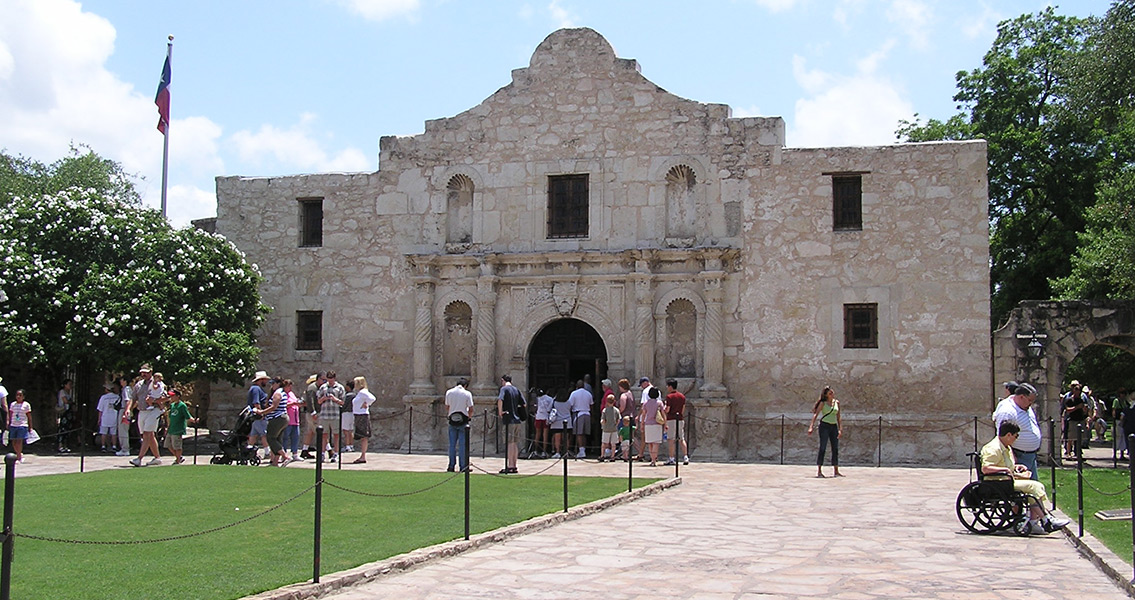<![CDATA[A new archaeological dig in Alamo Plaza in San Antonio, Texas, may have uncovered the remnants of the original main gate of the complex, first constructed in the eighteenth century prior to the famous battle. The Alamo, more formally known as the Mission San Antonio de Valero, was the site of one of history’s most touted last stands, when Mexican General Santa Anna’s troops overran and killed the mission’s Texan defenders in 1836 during the Texas Revolution. Now, a recent excavation on the site of the former mission has uncovered what researchers are confident in identifying as a stone trench, something that would have been used ostensibly as a “footer” for the mission’s main gate or wall. According to an article in The San Antonio Express-News, lead investigator Nesta Anderson remarked that the team has tentatively identified the stone trench as an architectural feature. The find was made earlier this week at one of two plaza excavation sites in close proximity to where the south wall of the Alamo is thought to have stood. Earlier, archaeologists had uncovered a formation of adobe bricks at a site that could have been where the west wall of the compound stood. Anderson remarked that her team was currently investigating a location that could be roughly where the main gate would have stood, based on archival records of the period being used as guidelines. The uncovered trench would have been filled with stones, then filed with a slurry of adobe on top of those stones, one of several Spanish colonial construction techniques that were likely used during the Alamo’s construction. Meanwhile, Anderson’s team is paying close attention to the differences and similarities between the south wall and the west wall, as the former was discovered about a foot deeper than the bricks discovered at the west wall. Excavations will continue near the south wall for an additional week to see how deep the bricks reach. The entire dig is scheduled to go on for around two more weeks as part of a larger plan on the part of the city of San Antonio, which owns Alamo Plaza. Adjacent plots of private property and federally-owned land are also included in the plan. Shortly after the announcement of the new discoveries at the Alamo, George P. Bush, the Land Commissioner for Texas’ General Land Office, visited the site for a tour of the discoveries. There, he told reporters that the methodical and exacting work by researchers would aid in making the area more accessible for tourists and bring the 300-year history of the mission to life like never before. “We’ve got to make sure we’re doing it right,” Bush remarked, adding that the rest of the world would be watching how Texas handled the revitalization project. The archaeological research and associated improvements to the site are just one important step in a long process towards doing a better job of managing Texan history, the commissioner also said. ]]>
New Dig at Alamo Uncovers Possible Main Gate
